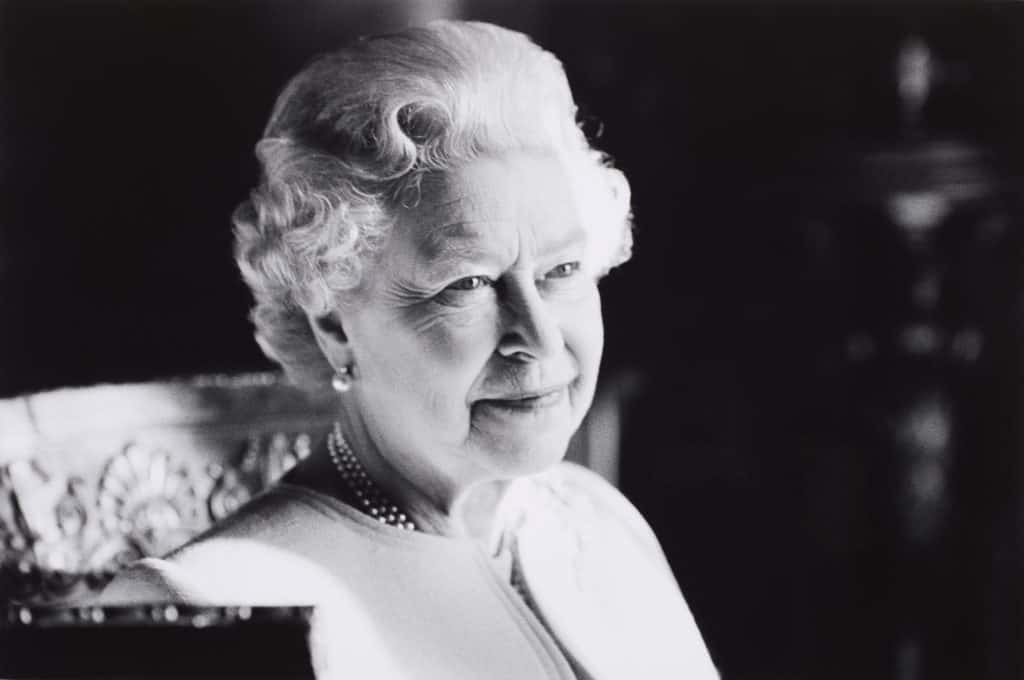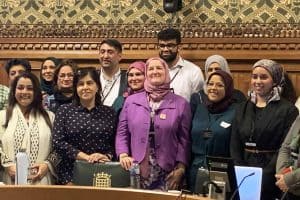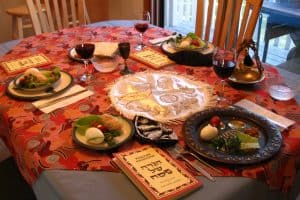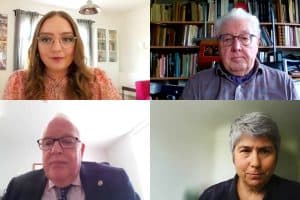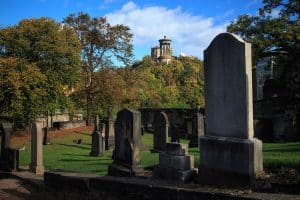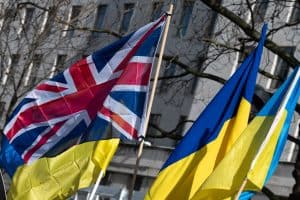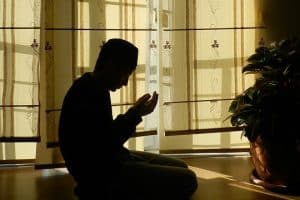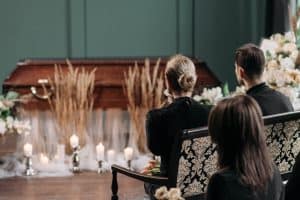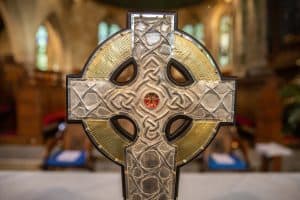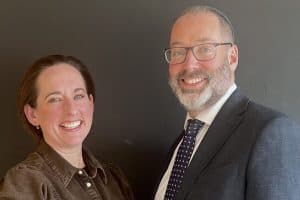By Catherine Pepinster
The reigns of all British monarchs have been intertwined with religion — whether one thinks of Henry VIII, breaking away from the Roman Catholic Church, or William of Orange, brought into to ensure the throne stayed Protestant, or Victoria, who turned Prince Albert’s death into a spiritual cult.
And since the time of Elizabeth I, they have all been Supreme Governors of the Church of England. But perhaps no other monarch has been quite so deeply religious as Elizabeth II, who died on at Balmoral this afternoon.
She had a profound Christian faith, expressed mostly quietly, yet in her later years more overtly through her Christmas messages. It was noticeable that at the same time as she held on to her Christian beliefs, their hold over the country waned.
The Britain of 1952, when she acceded to the throne upon the death of her father, George VI, was at least a nominally Anglican nation, with large numbers of people having weddings, baptisms and funerals in the Church of England.
By the time she died, 70 years later, after the Platinum Jubilee of her reign, the Church of England’s hold was weakened — through it remained the Established Church and she its Supreme Governor — while in increasingly diverse Britain, people were members of other Christian denominations, other faiths — and none.
But through those years, the Queen remained a staunch advocate of Christianity. Like all monarchs before her, from the time of Henry VIII onwards, she held the title of defender of the faith. But to her, this title seemed to mean a very great deal. She became, in many ways, a missionary queen.
Born in 1926, Princess Elizabeth was the elder daughter of Prince George, Duke of York and his wife, the former Lady Elizabeth Bowes-Lyon.
She was influenced by the faith of her parents and in particular, her grandfather George V, described as a man who knew his Bible and Book of Common Prayer.
George V’s heir, David, Prince of Wales, remained unmarried when he inherited the throne as Edward VIII, and within a few months of his succession, caused a constitutional crisis with his desire to marry the twice-divorced Wallis Simpson.
His abdication — caused by the government and the Church of England’s refusal to accept a divorcée as queen — led to his brother succeeding him as king, and Princess Elizabeth becoming heir to the throne.
In 1947, during a trip to South Africa with her parents and sister, Princess Margaret, Princess Elizabeth marked her 21st birthday with a broadcast to the British Empire, pledging that she would serve God and the people for the rest of her life. It was clearly a pledge for her of spiritual significance: God make good my vow, she said.
Within a year she was married to her distant cousin, Prince Philip of Greece, who left his Greek Orthodox religion to convert to the Church of England. But his continuing curiosity about faith was to be a constant in their married lives, during which they both remained staunch believers in Christianity.
After just four years of marriage, the young couple’s lives changed for ever when George VI died and Elizabeth became Queen.
Another statement, made as part of her first Christmas message to the nation, in December 1952, was a reminder of the young Queen’s deeply held beliefs, when she asked people of all faiths — not just members of the Church of England, or even Christians, to pray for her as she prepared for her Coronation in June 1953.
It was an open-minded approach to people’s beliefs that she continued to express on many occasions throughout her 70-year reign, from visits abroad to Commonwealth Day services in Britain, from visits to temples and to speeches she made, as she recognised that Britain was changing and becoming much more diverse.
In 2012, during a speech marking her Diamond Jubilee year, as supreme governor of the Church of England, she commented that Anglicanism “has a duty to protect the free practice of all other faiths in this country” while also acknowledging that “woven into the fabric of this country, the Church has helped to build a better society”.
That concern about building a better society also led to rumoured conflict between the Queen and Margaret Thatcher during the 1980s when the Queen was believed to be deeply concerned about rising unemployment threatening social cohesion.
In the early 1950s, post-war Britain was a more optimistic place, but still enduring rationing and the impact of six years of war. The coronation service of 1952, the first service to be televised, was treated as an opportunity for celebration.
Yet the service itself was more traditional than reflective of the changing nation. It was very much an Anglican affair, presided over by the Archbishop of Canterbury, Geoffrey Fisher, who gave the new Queen a book of prayers to help her to prepare for her coronation. It remained among her most treasured possessions.
Millions watched as the young Queen listened to the Gospel, made her vows to uphold the laws of the nation and the Protestant religion, and was crowned. But the most sacred moment of the ceremony, the anointing, was hidden from the cameras.
This joint role, of head of state and supreme governor of the Church of England framed the Queen in countless religious settings, as she led the nation at events that so often involved church services, from the state funeral of Sir Winston Churchill in 1965, to the thanksgiving service for the Falklands War in 1981, annual Remembrance Day events at the Cenotaph, and weddings and funerals of members of the royal family.
As supreme governor, she regularly attended meetings of synod, often speaking in theological terms in her opening addresses. There were regular encounters with her many archbishops of Canterbury, where, behind the scenes, she would listen and comment, much as she did with her prime ministers.
She has been credited with making a significant contribution to improved relations between the Roman Catholic Church and Britain, and met more popes — five — than any other world leader. As well as her visits to the Vatican, she met two popes in Britain, John Paul II in 1981 and Benedict XVI in 2010.
If religion made any difficulty in her own life, it was over marriage and divorce. Just as the desire of her uncle, Edward VIII, to marry a divorcée, rocked the royal family, so did her sister Margaret’s wish, shortly after the coronation, to marry Group Captain Peter Townsend, who was divorced.
The Queen, as both monarch and supreme governor of the Church of England, consulted her own staff, the church, and the government of the day, led by Winston Churchill and later Anthony Eden.
The advice was unanimous: as supreme governor, she could not be seen to condone divorce, through agreeing to her sister marrying Townsend. Eventually, under pressure, Margaret retracted her wish to marry, saying that she was “mindful of the church’s teaching that marriage is indissoluble”.
By the 1980s and 1990s, it was the troubled marriages and divorces of the Queen’s own children that caused her anxiety, expressed in her 1992 comment that it had been an annus horribilis. That year, the divorced Princess Anne found a way round remarriage problems for royals by marrying her second husband, Captain Timothy Laurence, near Balmoral, in the Church of Scotland’s Crathie Kirk, a ceremony that the Queen attended. There, the Church of Scotland would allow divorcees to remarry, and the Queen was not its supreme governor.
The most problematic failed marriage was that of her son and heir, Prince Charles, the Prince of Wales, and Princess Diana, who separated that year. The eventually divorced four years later.
Although the Prince of Wales became a widower a year later, after the death of Diana in a car crash in Paris, it was many years before the Queen was ready to accept his remarriage to Camilla Parker Bowles.
There seemed a softening in her attitude, though, after the death in 2002 of Queen Elizabeth the Queen Mother, who had remained implacably opposed to divorce throughout her life.
That same year the Church of England’s rules on remarriages of divorc es changed, allowing them in exceptional circumstances.
The prince married Mrs Parker Bowles in 2005 but rather than a full-blown church ceremony, it was a register office one with a church blessing in St George’s Chapel. The Queen’s presence at the blessing was a marked indication that attitudes, not only in the country, but also at the highest levels, had softened towards divorce.
Despite such changes, the Queen’s faith remained constant throughout her reign, although it became much more evident in her later years, when she expressed far more of her own personal beliefs in her Christmas messages.
The turning point came in 2000, following the celebrations of the millennium on New Year’s Eve, 1999, when she joined the prime minister, Tony Blair, and other members of the government to sing Auld Lang Syne in the Millennium Dome.
A year later she used her Christmas Day message to point out to viewers and listeners that the millennium was about the 2,000th anniversary of the birth of Christ, whose teachings, she said, “provide a framework in which I tried to lead my life”. The postbag of approval was enormous, and after that, the Queen’s Christmas message was always avowedly Christian and personal.
Just how much her faith meant to Elizabeth II was revealed in a small book published to mark her 90th birthday in 2016. In a highly unusual move, she wrote the foreword to the Bible Society publication, The Servant Queen and the King She Serves, about her faith. She described how she remained “very grateful” to God “for his steadast love”. “I have indeed seen his faithfulness.”
Her continuing service and duty were evident when she repeated in her Platinum Jubilee statement on her accession day anniversary in 2022 her vow to serve God and her people. She signed it simply: Your Servant, Elizabeth.
Then, in August, she sent a message to the Lambeth Conference, the gathering of Anglican Communion bishops. Much of it was what you would expect from the supreme governor of the Church of England, encouraging them in their ministry. But she went much further, again making it a moment for personal testimony. “Throughout my life,” she said, “the message and teachings of Christ have been my guide.”
Catherine Pepinster is the author of Defenders of the Faith: The British Monarchy, Religion and the Next Coronation, published by Hodder and Stoughton

